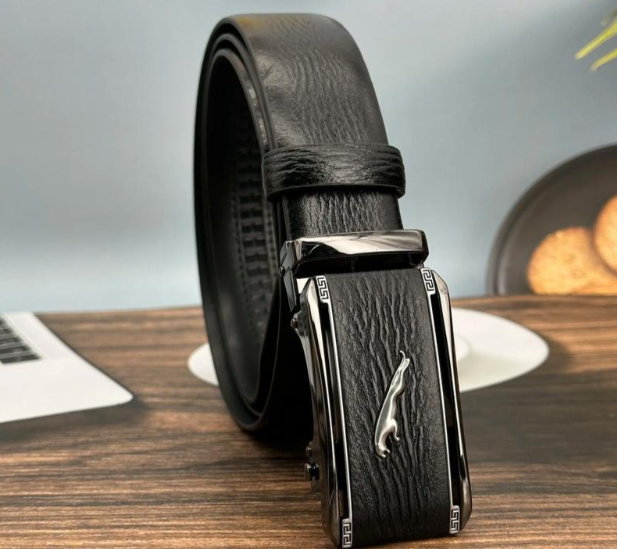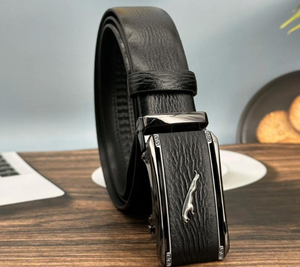
Detailed Explanation of Inspection Standards for Belt Quality Control Inspection and Audit Services for Factory Verification
A high-quality belt is not only an essential accessory for men's attire, but also a reflection of their taste and quality. To ensure that the belt products meet industry standards and customer requirements, it is crucial to establish a professional inspection process and quality certification system. This article will systematically introduce the inspection standards, testing methods and certification requirements for belt products, providing a complete quality control guide for enterprises.
I. General Principles of Product Consistency Certification
All goods must strictly meet the quality standards of the confirmed sample:
The texture, color and patterns of the skin are exactly the same as those of the confirmed sample.
The specifications, dimensions and accessories all conform to the original design requirements.
Establish a complete quality traceability and certification system
II. Key Points for Belt Inspection and Certification
1. Specification and Dimension Certification Standards
Length tolerance: ±5mm
Width tolerance: ±1mm
Thickness tolerance: ±1mm
Pregnancy ring specifications:
Width ≥ 8mm
Thickness: 1.2 - 1.8 mm
Pitch: 24 - 26mm
From the tail end: 75 - 100mm
2. Leather quality inspection certification
The material is sturdy and thick, without any loose shells or cracked surfaces.
Uniform thickness, no severe cuts
Thickness standard:
≤20mm width series: Thickness ≥ 1.8mm
20mm width series: Thickness ≥ 2.0mm
3. With Certification of Experience
The product is neatly and cleanly packaged, without any stains or defects.
The accessories are smooth without any burrs.
No delamination, discoloration or paint peeling occurred.
4. Oil Edge Process Certification
The oil edge is smooth and seamless, without any burrs.
Non-fading, no frayed edges, no spillage
No adhesive residue or other undesirable manufacturing marks
5. Hole processing certification
The holes are positioned vertically and centrally, and the distances between them are uniform and consistent.
Spacing error ≤ 2mm
6. Countersunk screw assembly certification
Equal distance, secure installation
No severe paint peeling or detachment
Operates smoothly, with moderate tightness
7. Head-shaking process standard
The attachment area is allowed to have slight cracks.
No structural defects that affect functionality
8. With base quality certification
The surface is basically flat and uniform
No hair-raising or scratching phenomena
9. Daughter frame certification
The color matches the body basically.
Medium in size, well-coordinated in style
10. Suturing Process Certification
Suture margin: 1.5 - 3mm
The stitching lines are clear and straight, with consistent tightness.
No severe skewing
Quality requirements:
The exposed area has no missing stitches or loose threads.
Defect of double needle holes
The jumper must not exceed one stitch.
The thread must not be exposed.
11. Buckle Quality Certification
No burrs, oxidation, or cracks
No paint peeling occurred.
The logo is clear and well-proportioned.
III. Inspection Methods and Certification Process
1. Inspection Method Standards
Sensory inspection: Visual and tactile inspections are conducted under standard lighting conditions.
Gauge inspection: Measure precisely using a meter stick with a minimum scale of 1mm.
Reference standard: Refer to the testing methods for women's bags, men's bags and sport bags.
2. Defect Evaluation Criteria
Defects that affect the basic operational functions of the product will be directly classified as unqualified.
Establish a classification system for defect levels
3. Packaging Inspection Certification
The outer packaging is clean, attractive, and free from stains or damages.
The inner packaging uses white kraft paper combined with white moisture-proof bags or transparent bags.
The paper is tightly folded and well protected.
4. Identification Document Certification
The label information is complete and correct.
The barcode is pasted at the correct position.
The side labels of the carton are complete:
Order number, style number, color
Quantity, factory information
IV. Key Control Matters for Factory Inspection Certification
To ensure that the quality of the belts continuously meets the certification requirements, during the factory inspection process, the following matters need to be given special attention:
Raw material control: Establishing inspection standards for leather and hardware components during purchase.
Production process control: Establish operation standards for key procedures such as cutting, sewing, and edge oiling.
Equipment maintenance and calibration: Regularly calibrate and test the instruments and production equipment
Environmental management: Ensure the temperature and humidity control as well as cleanliness of the production site
Personnel training: Enhance the professional skills of quality inspection personnel and unify the inspection standards
Inspection and Certification Summary
The inspection and factory verification of belt products is a meticulous and rigorous systematic process, requiring comprehensive inspection and certification from raw materials, processing techniques to final product quality. Enterprises should establish a complete quality management system and strictly implement inspection standards at each production stage to ensure that the products pass industry certification.
Share this product

Detailed Explanation of Inspection Standards for Belt Quality Control
A high-quality belt is not only an essential accessory for men's attire, but also a reflection of their taste and quality.
